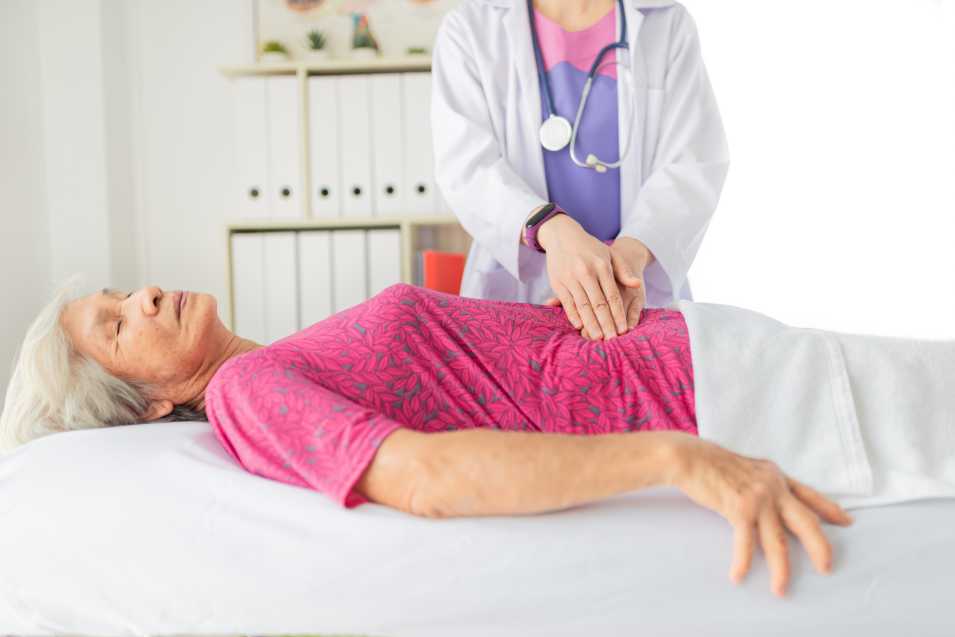What constitutes Palliative Massage? Presented above are the advantages, methods for obtaining a session, and associated expenses. This article outlines the safe administration of palliative massage. It is equally significant to acknowledge that it extends beyond just professionals. In certain instances, family members may do palliative massage if the patient is at ease and responsive.
Palliative Massage Benefits
Using massage to help a dying person cope with end-of-life symptoms can be an incredibly valuable experience. It can alleviate symptoms like loneliness, fear, and depression. Many patients report that receiving a massage makes them feel like they are being cared for again. This form of therapy is often included as part of a hospice’s holistic care package. Massage therapists also work closely with hospice staff to ensure the best possible experience for each patient.
A massage therapist providing palliative care must always respect the client’s space and personal boundaries. This is particularly important because a client may be extremely resistant to touch. The practitioner should therefore develop a rapport with the client and take the time to understand his or her needs. The practitioner should never force the client to accept the massage or say anything.
Ways to get a session
Palliative Massage is a special type of massage therapy that helps people with end-of-life issues find peace and comfort. It can also help relieve feelings of depression, anxiety, and stress. This type of massage can also be very beneficial for caregivers. The therapist will ask questions about the patient’s health history and the type of pain and stress they are experiencing.
Palliative massage practitioners must also be sensitive to the client’s sense of personal space and boundaries. Clients suffering from terminal illness often resist touch, but it is important to create a rapport with the client before beginning a session. The practitioner must consider the client’s wants and desires at all times. If the client feels uncomfortable, the therapist should stop. A professional massage therapist will always respect a client’s right to refuse.
Certification
Palliative massage is a specialty in massage therapy. It focuses on adjusting the body’s soft tissues to provide relief. It can be used to help with physical and emotional symptoms and can be combined with other treatments. It is not intended to replace regular medical treatment. It should be done by a massage therapist who has had additional training and education. Massage therapists with certifications are skilled in the use of different techniques and can adapt to different clients’ needs.
The NCBTMB offers special training in palliative care. This training program combines education with an exam. It is ideal for massage therapists who want to help people suffering from chronic or terminal illnesses.
Palliative Massage Cost
Palliative massage is a specialized treatment for those who are terminally ill or on their last legs of life. The goal of the massage is to maximize the therapeutic benefits of touch, including pain management and symptom relief. It can also be used to address a client’s concerns such as side effects of treatment and the repercussions of living with an illness.
It can also improve the patient-caregiver relationship by fostering mutual physical contact and trust. Providing this service requires extensive counseling and informing the patient.
Getting a session with a therapist
Palliative massage can help patients cope with their illness by relieving their physical symptoms and easing their emotional state. It can also help caregivers cope with loneliness and anger. If you’re unsure whether this type of therapy will help you, ask your healthcare team for referrals.
After a consultation, you’ll schedule a session with a massage therapist. You’ll need to be comfortable. Depending on your comfort level, you can receive a massage on a massage table or in a recliner. Make sure the room is warm to reduce your anxiety. It’s also a good idea to bring an extra blanket to the massage session. You should also turn off your phone and any other devices during the massage session.
Related Article: Traditional Massage
